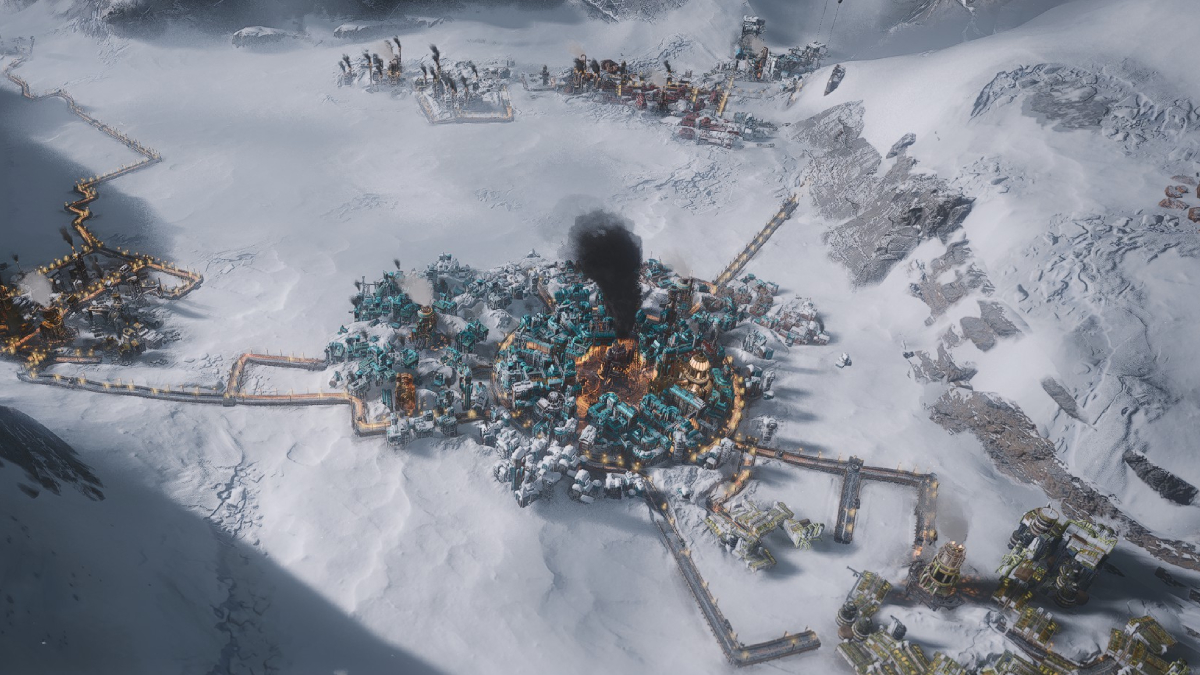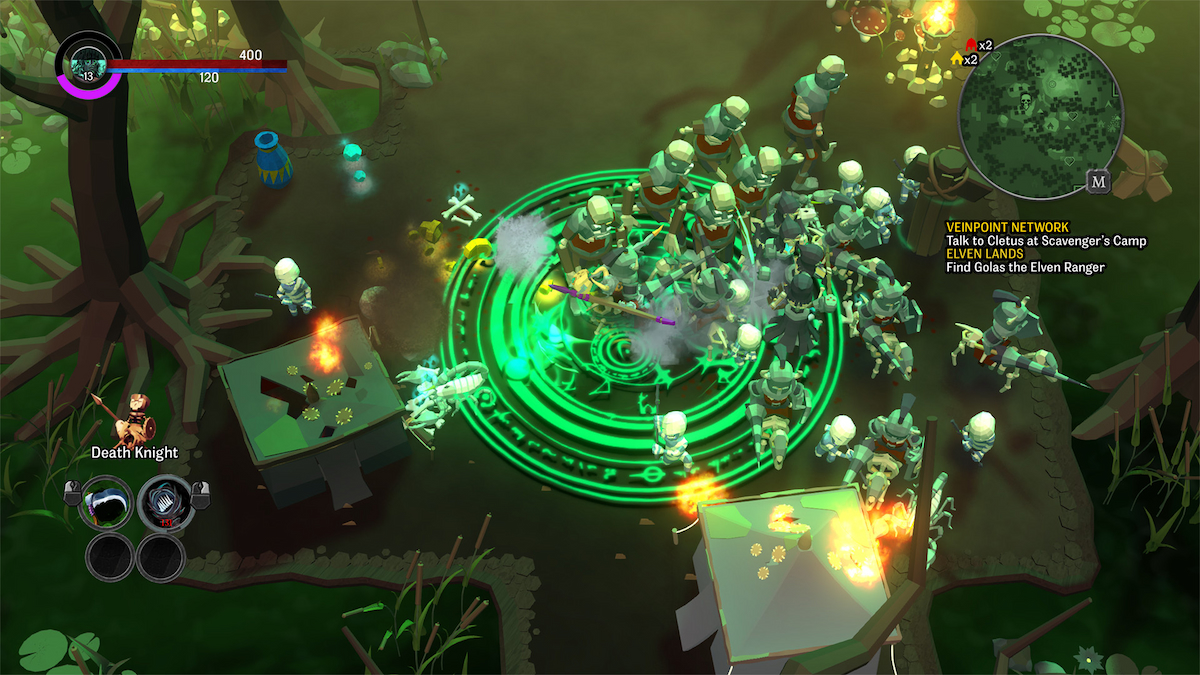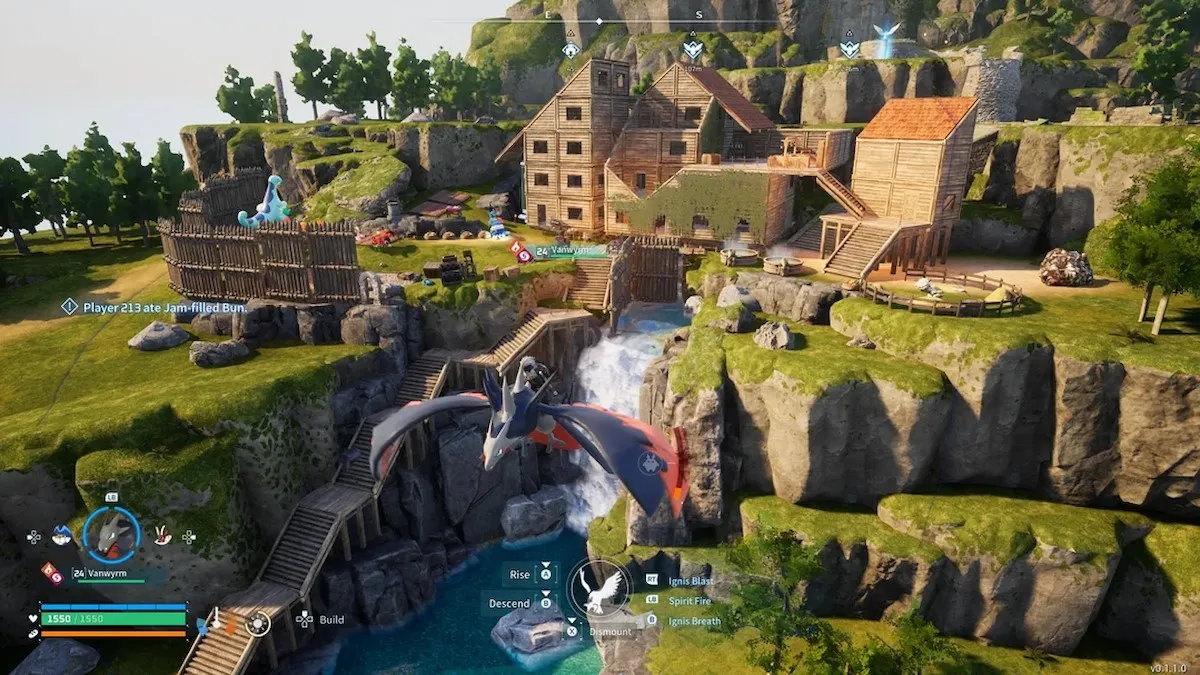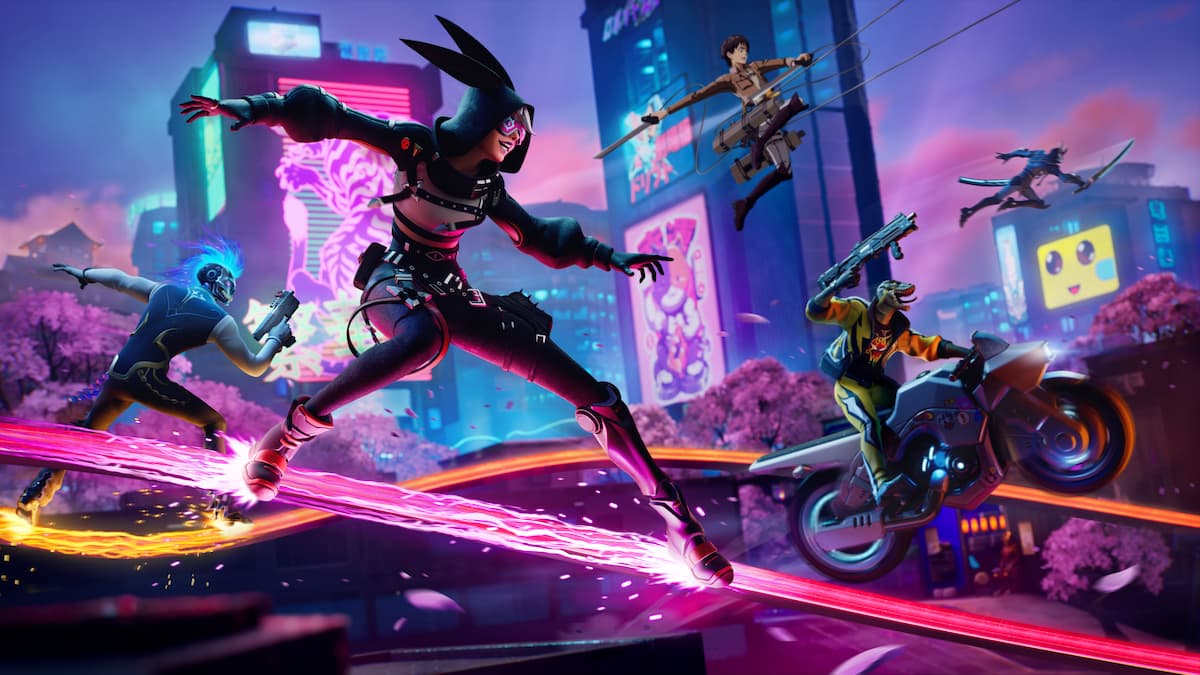Frostpunk 2 is a labour of love, so far demonstrating everything we needed from a sequel set in the grim ever-winter of Frostland. Challenging, complex, and gorgeously bleak, it channels the spirit of the original and reinvigorates it with an infusion of new mechanics, reworked gameplay, and a narrative dripping with the sense of desperate survivalism that helped Frostpunk 1 stand apart in the city-builder genre.
So what can you expect? Could it end up surpassing the first instalment entirely? And is there enough here to suggest what the final product may have in store for us? In this Frostpunk 2 preview, we’ll break down our initial impressions, and why we’re hopeful the full release may be one of the best games we see this year.
The game’s story and tone have been a point of anticipation since the Frostpunk 2 announcement trailer.
After all, could it hope to match or surpass the rich world-building and atmospheric decision-making of the original? While we haven’t been fortunate enough to see the full story mode of the game yet, the preview certainly imparts the same feeling of dread in the fight to save The City. And it seems that the more things change the more they stay the same.
Though The City has gotten off the ground and made leaps and bounds in technology, it’s far from safe. It looks like the necessity of expansion comes along with the growing pains of differing ideologies. With so many people pushing and pulling for diverging approaches, players will find themselves in the unpopular position of staving off the usual terrors of hunger, cold, and disease, as well as the more human terrors of factionalism.
Will you side with one group, or try to maintain a painstaking balance for as long as possible? It’s these kinds of scenarios Frostpunk 2 seemingly wants to explore, and it’s fascinating stuff. Woven seamlessly into the gameplay, there’s a real sense of progression that helps maintain that delightfully macabre industrial-dystopian tone throughout the experience. Even better, it’s backed up by a gorgeous musical score that feels like a direct continuation of the first soundtrack. It’s too early to tell yet whether the full story mode can surpass that of its predecessor, but it certainly feels like it’s hitting in the same weight class.

Mechanically though, things are definitely trending towards an evolution of the gameplay we saw in Frostpunk 1. With The City expanding, so too are construction, resource management, exploration, research, and politics. Now you’ll have to clear new ground, build districts, and expand and develop them with specialised buildings.
With limited space, bonuses and penalties for grouping certain district types, and a number of key resources to balance as always, Frostpunk 2 demands careful construction planning to optimise your chances of survival. You’ll need to build quickly too as you fight to balance surpluses and deficits of the various new resources. From currency to materials, to consumer goods and more, a healthy supply chain is critical to keeping severe negative effects like the cold, disease, and squalor in check.
Mastering city planning won’t be enough here though, and you’ll quickly find that exploring the Frostlands is a necessity. New outposts and trail mechanics allow you to effectively support yourself with vast resource caches you’ll find out in the ice, but at an ever-growing cost of expensive exploration teams. Different danger levels for varied terrain will tax your decision-making further. Do you put all your resources into a high-risk, high-reward gambit? Or should you focus on exploring and developing smaller resource caches first? It’s unclear whether this iteration of exploration will include events like the Frostpunk Tesla City chain from the original, but we’re keeping our fingers crossed.

One sure way to improve your chances of survival is to keep The City advancing. Research and law-making are two areas benefiting from a major glow-up in Frostpunk 2. Every research option has a number of available avenues which offer different benefits and drawbacks. Similarly, every law has more than one policy, and you can only pass things one at a time. What makes both features so much more interesting this time around is how well city politics have been integrated.
Where decision making is concerned, you’ll always need to contend with the deep factionalism that’s enraptured The City’s population. Frostpunk 1 made some great efforts exploring this, but we’d argue that even this early on it’s clear that the sequel has mastered it. Different factions grow and shrink in popularity, each with diverging – or sometimes converging – goals and interests.
Every research option will please some and antagonise others. Each law will benefit one ideology but run against the grain of another. And with a council of delegates now responsible for voting on changes to your society, holding their support is vital. You can always negotiate for votes in the chamber, but concessions can have long-term impacts that aren’t always easy to foresee. And for every group you win the support of, others will grow more sceptical of your leadership, potentially even riling up protests that can shut down whole districts.
This time around, The City only has one metric for measuring your performance – trust. While you won’t have to lower Discontent and raise Hope in an endless loop, the new bar fills more or less the same purpose. Lose too much and your stewardship will end, but try too hard to gain it and you may overlook the needs of The City. Will you walk the tightrope and do your best to please everyone for as long as possible? Or will you empower one faction to crush the others? This dedicated approach to politics really elevates the gameplay in a way few titles in the city-builder genre can manage. It was already a boon in Frostpunk 1, and it’s rewarding to see how 11 Bit Studios have built upon it.

Being an incomplete build, it’s challenging to say what few downsides the game might face. Certainly there’s a lost nostalgia for the more intimate city-building mechanics of Frostpunk 1, which gave a greater degree of player freedom in the minute details of construction and urban planning.
With a game this complex, it’s also difficult to say if the final product will hit that fine balance between challenge and reward that made its predecessor so hard to put down. Aside from that, we’re having a hard time finding anything of note to worry about.
We’ve still got a little while to wait until the full Frostpunk 2 release date, but what the game brings to the table so far is the promise of a second instalment in Frostland well worth the wait. With great story potential, a perfectly realised tone, and an expansion to the mechanics and gameplay of its predecessor, this looks likely to be everything we could want out of another icy city-building survival game.













Updated: Apr 15, 2024 12:37 pm